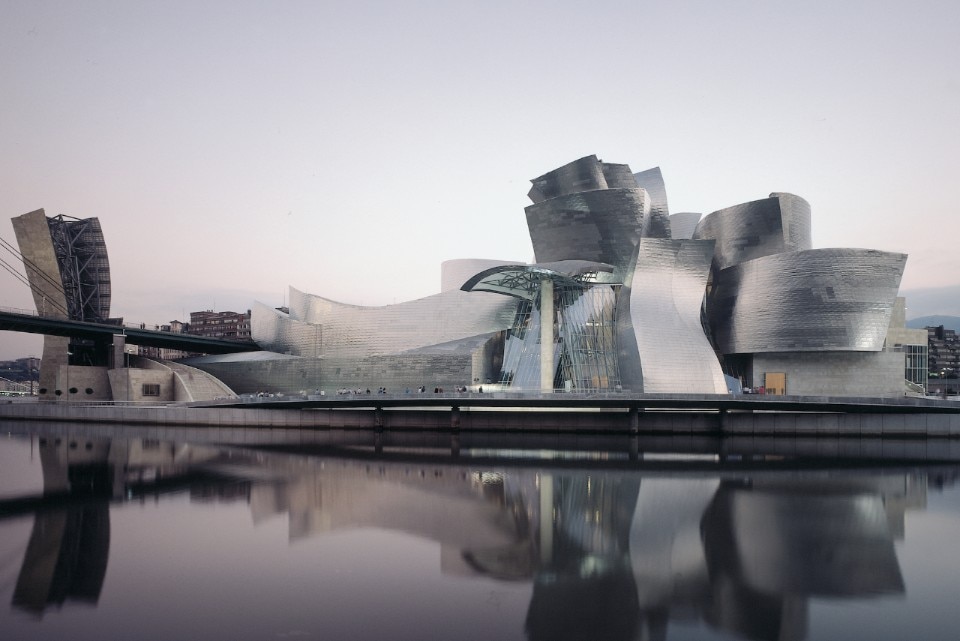To survive, humans gathered together to form cities. Through careful examination of our shared spaces we find the collective memories of respective generations imprinted on the built environment. Traces of everyday life, expressions of the ruling class’s wielded power and past idealists’ endeavours and failures to develop the future are all quietly carved into the stratum of our present cities. The metropolis is the very embodiment of history, cultivated and layered in “place”.
Thus newly constructed architecture should respond to the physical, cultural and historic landscape of “place” via a contextual dialogue. This discourse does not always imply notions of harmony or conformity with the environment. Daring interventions that wholly contradict their site with obtrusive idiosyncrasies can generate new interpretations of the city. Marvellous precedents for these ideologies were manifested in the architectural culture of the latter half of the 20th century with projects in Paris, from the Pompidou Centre to the Grand Louvre museum.
However, size has no bearing on a building’s power to stimulate cities. In the 1960s, Austrian architect Hans Hollein proved this in historic Vienna with the Retti candle shop and other modest yet provocative boutique designs.
The purer this criticism and the more radical this architecture the more it will challenge the order of society. A network of critical structures that overcome these conflicts can breathe life into the built environment.
Perhaps what is essential is to produce critical declarations towards existing institutions of urbanism and for buildings to act as emissaries of this uncompromising spirit. The purer this criticism and the more radical this architecture the more it will challenge the order of society. A network of critical structures that overcome these conflicts can breathe life into the built environment. For me, the term jewellery box best represents this category of building. The true value of the “contextual” jewellery box is not determined by the container’s design but by the radiance of the gems, or human beings, it keeps secure. In other words, what is most important is that these spaces stimulate the creative and social activities of humanity.
In our current times, when urban activities are changing drastically with advances in information technology and the physical separation between people continues to grow, what kind of jewellery boxes should stimulate our cities? What kind of gems would sparkle within?
Opening image: the Guggenheim Museum in Bilbao, designed by Frank O. Gehry & Associates in 1997 on the Nerviòn river. Photo Christian Richters


